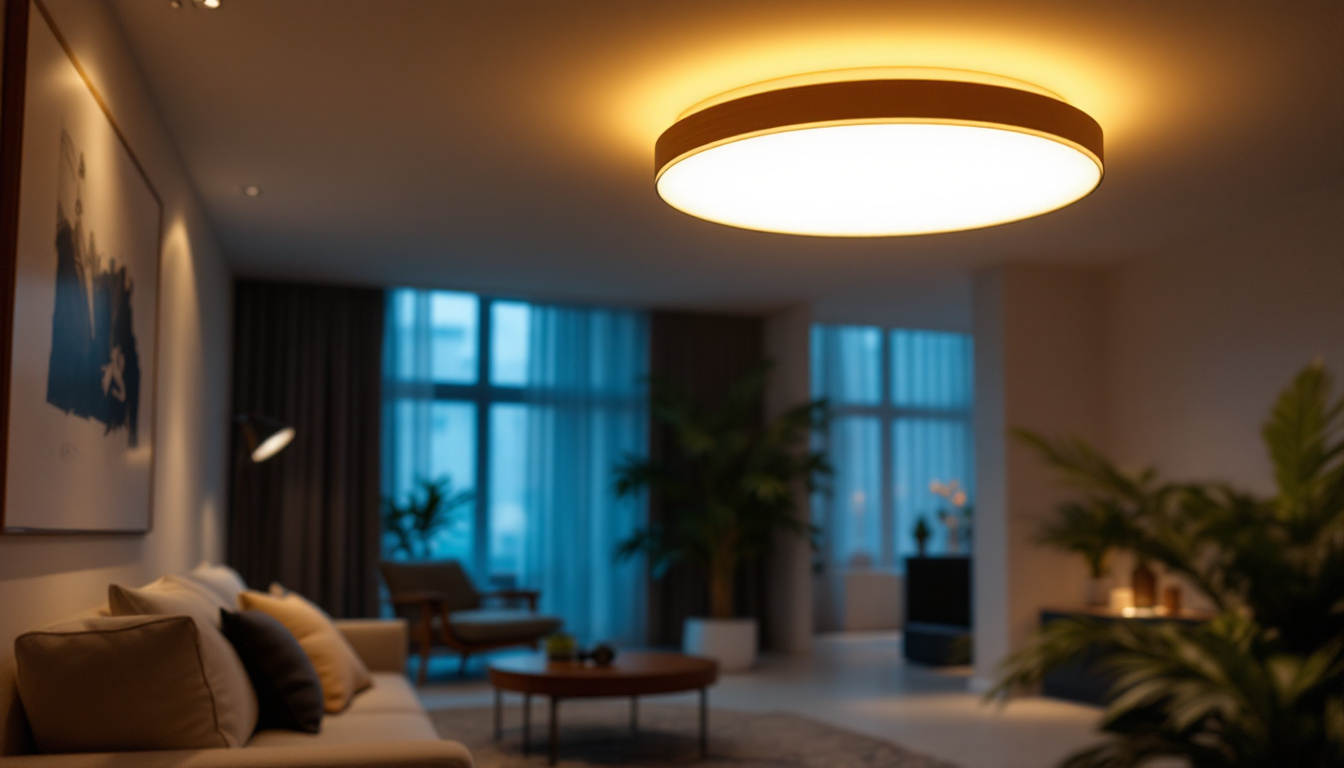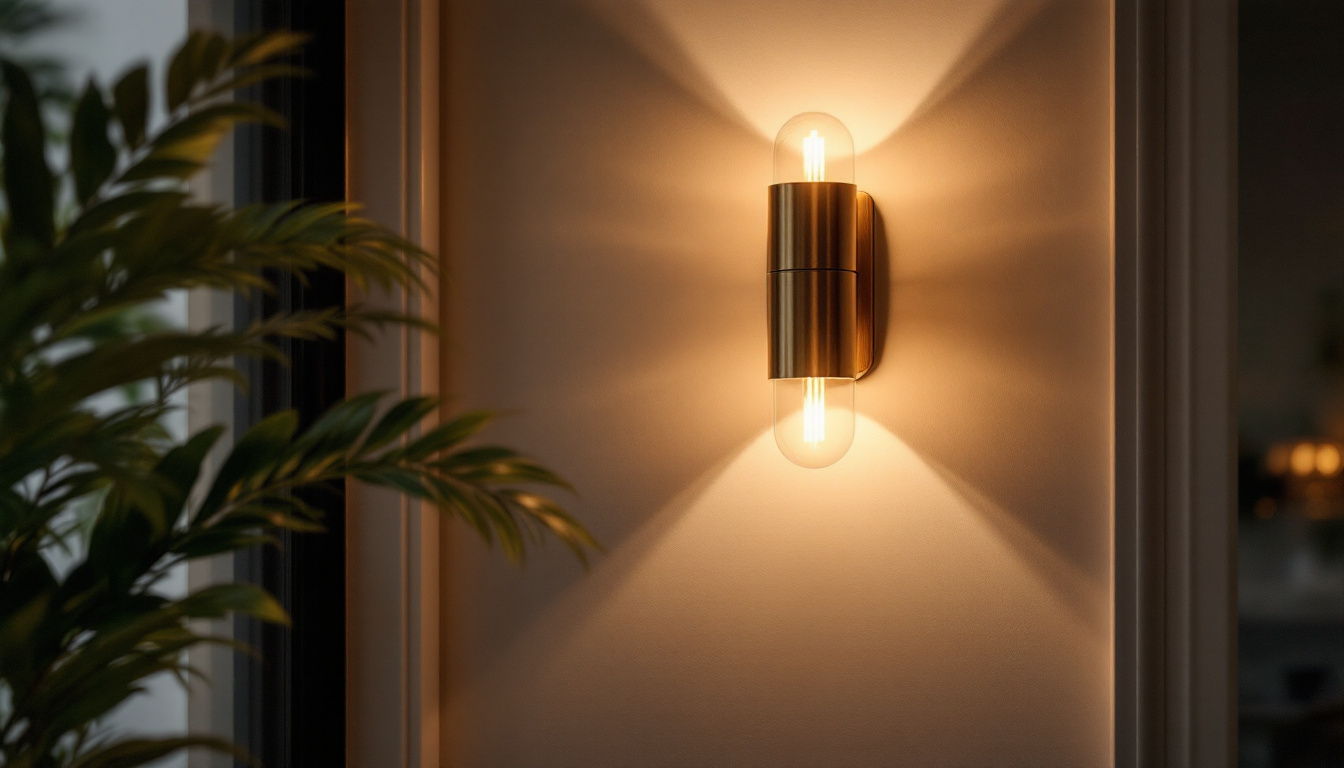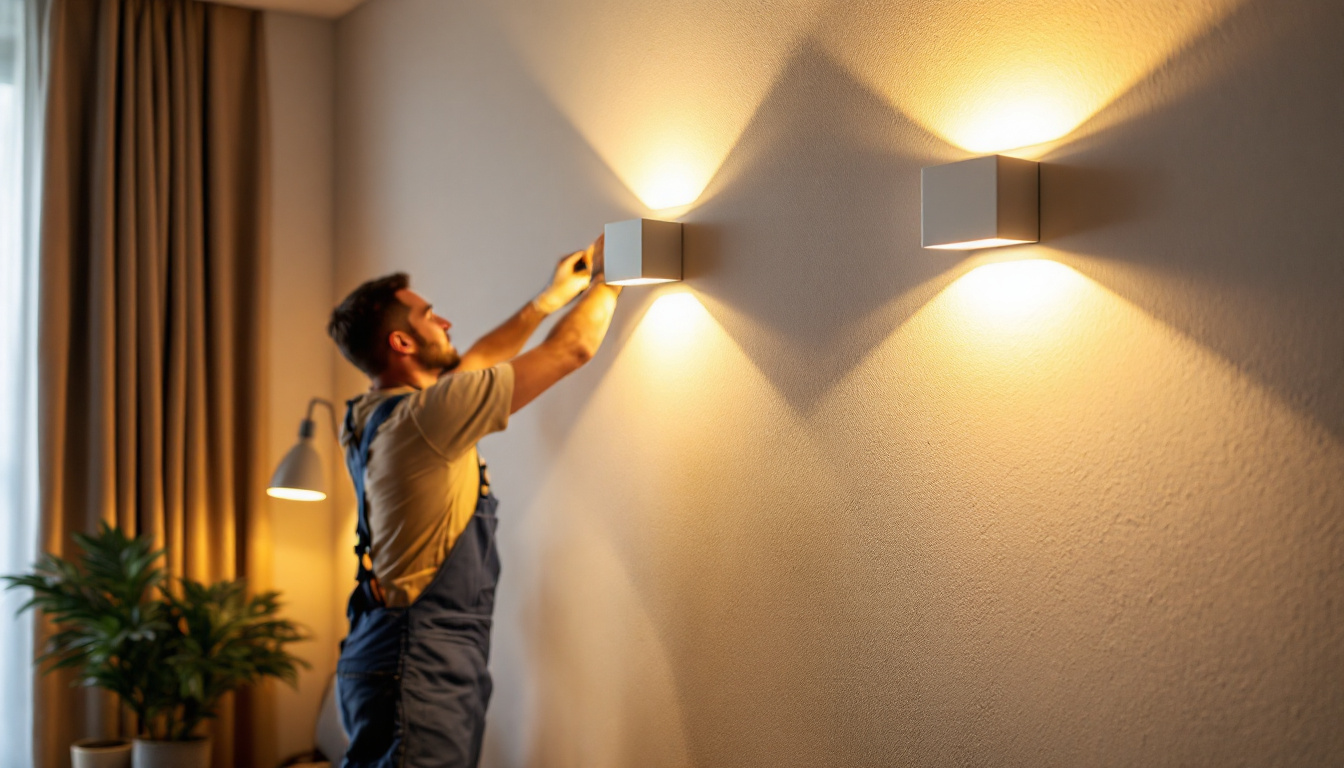
In the ever-evolving world of interior design and architecture, lighting plays a pivotal role in enhancing the aesthetic and functional aspects of a space. Among the various lighting options available, LED ceiling lights have gained significant popularity due to their energy efficiency, longevity, and versatility. This article delves into the insights shared by expert lighting contractors, shedding light on the advantages, installation considerations, and future trends of LED ceiling lights.
LED ceiling lights are a modern solution that provides bright illumination while consuming less energy than traditional lighting options. These lights come in various designs, including recessed, surface-mounted, and pendant styles, making them suitable for diverse applications from residential to commercial settings. Their growing popularity is not just due to their efficiency but also their ability to enhance the aesthetic appeal of a space, making them a favored choice among homeowners and designers alike.
One of the primary advantages of LED ceiling lights is their energy efficiency. Unlike incandescent bulbs, LEDs convert a higher percentage of energy into light rather than heat, which results in lower electricity bills. Additionally, LED lights have a longer lifespan, often lasting up to 25,000 hours or more, reducing the frequency of replacements and maintenance costs. This longevity means less waste, making LEDs an environmentally friendly choice as well.
Furthermore, LED ceiling lights are available in a range of color temperatures, allowing contractors to create the desired ambiance in any space. From warm, cozy tones to cool, vibrant hues, the flexibility of LED lighting can cater to various design preferences. The ability to choose different color temperatures also plays a crucial role in influencing mood and productivity; for instance, cooler lights are often used in workspaces to enhance focus, while warmer tones are ideal for relaxation and comfort.
The design versatility of LED ceiling lights is another significant advantage. They can seamlessly blend into various architectural styles, from modern minimalism to classic elegance. This adaptability makes them a preferred choice among lighting contractors who aim to meet the specific needs of their clients. Additionally, the sleek profiles of many LED fixtures allow for creative installations that can serve as both functional lighting and artistic statements, enhancing the overall design of a room.
Moreover, many LED fixtures are now designed with dimmable features, enabling users to adjust the brightness according to their mood or activity. This feature is particularly beneficial in spaces like living rooms, dining areas, and bedrooms where lighting needs can vary throughout the day. In commercial settings, adjustable LED lighting can help create dynamic environments that cater to different functions, such as transitioning from a bright, energetic atmosphere during the day to a softer, more relaxed setting in the evening. Furthermore, advancements in smart technology have led to the integration of LED lights with home automation systems, allowing users to control their lighting remotely or set schedules, further enhancing convenience and energy savings.
While LED ceiling lights offer numerous benefits, proper installation is crucial to maximize their performance and longevity. Lighting contractors must consider several factors to ensure a successful installation.
One of the first considerations is the electrical compatibility of the existing wiring. LED lights typically require a compatible dimmer switch if they are to be dimmed. Contractors should ensure that the dimmer is rated for LED use to prevent flickering or damage to the lights.
Additionally, it is essential to assess the wattage and voltage requirements of the LED fixtures being installed. Using the correct wattage ensures that the lights operate efficiently and safely without overloading the circuit. Furthermore, it’s advisable to check for any signs of wear or outdated wiring that might necessitate an upgrade. Old or frayed wiring can pose safety hazards and may not support the energy-efficient capabilities of modern LED technology.
Another critical aspect of installation is the placement and spacing of the lights. Proper spacing can significantly affect the overall illumination and aesthetic appeal of a room. Contractors should consider the size of the room, the height of the ceiling, and the intended use of the space when determining the placement of the fixtures.
For example, in larger areas, such as living rooms or open-concept spaces, a combination of recessed and surface-mounted lights can create a balanced and inviting atmosphere. In contrast, smaller rooms may benefit from a single pendant light or strategically placed recessed fixtures to avoid overwhelming the space. Additionally, it is worth noting the importance of layering light; incorporating ambient, task, and accent lighting can enhance functionality and mood. This approach not only improves visibility but also allows for versatility in how the space is used throughout the day, whether for work, relaxation, or entertaining guests.
The world of LED ceiling lighting is continuously evolving, with new trends emerging that reflect changing consumer preferences and technological advancements. Lighting contractors must stay informed about these trends to provide the best solutions for their clients.
One of the most significant trends in recent years is the rise of smart lighting solutions. These systems allow users to control their lighting remotely via smartphones or smart home devices. Contractors should familiarize themselves with various smart LED products and their compatibility with existing home automation systems.
Smart LED ceiling lights often come with features such as scheduling, color-changing capabilities, and integration with voice assistants, enhancing convenience and functionality. By offering these modern solutions, contractors can appeal to tech-savvy clients looking to enhance their living spaces.
As sustainability becomes a priority for many consumers, eco-friendly lighting options are gaining traction. Contractors are increasingly being asked to provide solutions that minimize environmental impact. This includes not only the use of energy-efficient LED lights but also fixtures made from sustainable materials.
Additionally, the trend towards eco-friendly lighting extends to the recycling of old fixtures and bulbs. Contractors can educate clients on proper disposal methods and the importance of choosing products that are designed with sustainability in mind.
Despite the numerous advantages of LED ceiling lights, there are challenges that lighting contractors may encounter during installation. Understanding these challenges can help contractors prepare and address potential issues proactively.
While LED lights generate less heat than traditional bulbs, they still produce some heat that needs to be managed effectively. Inadequate ventilation can lead to overheating, which may shorten the lifespan of the fixtures. Contractors should ensure that the installation area has proper airflow and consider using fixtures designed with heat sinks to dissipate heat effectively.
Additionally, when installing recessed LED lights, it is crucial to follow manufacturer guidelines regarding the distance between the fixture and insulation materials. This precaution helps prevent heat buildup and potential fire hazards.
Another challenge that contractors may face is ensuring color consistency across different LED fixtures. Variations in color temperature and quality can lead to an uneven appearance, which may be noticeable in spaces with multiple light sources. Contractors should source LED products from reputable manufacturers known for their quality control to minimize this issue.
Moreover, conducting a color rendering test before installation can help identify any discrepancies in color output, allowing contractors to make adjustments as needed.
LED ceiling lights are known for their longevity, but regular maintenance is still essential to ensure optimal performance. Lighting contractors can provide valuable advice to clients on how to care for their LED fixtures.
Dust and debris can accumulate on light fixtures over time, affecting their brightness and overall appearance. Contractors should recommend a cleaning schedule that includes gently wiping down the fixtures with a soft, dry cloth to remove dust. For fixtures with intricate designs, using a vacuum with a brush attachment can help reach difficult areas without causing damage.
Additionally, contractors can advise clients on the importance of checking for any signs of damage or wear, such as flickering lights or unusual sounds. Early detection of issues can prevent more significant problems down the line.
As technology continues to advance, upgrading LED fixtures may become necessary to take advantage of new features or improved energy efficiency. Contractors should stay informed about the latest developments in LED technology and be prepared to offer upgrade options to clients looking to enhance their lighting systems.
By providing clients with information on the benefits of upgrading, contractors can help them make informed decisions that align with their lighting needs and preferences.
LED ceiling lights represent a significant advancement in lighting technology, offering numerous benefits for both contractors and clients. From energy efficiency to design versatility, these fixtures have become a staple in modern lighting design.
By understanding the advantages, installation considerations, and emerging trends in LED ceiling lighting, contractors can better serve their clients and stay competitive in the industry. As the demand for innovative lighting solutions continues to grow, staying informed and adaptable will be key to success in this dynamic field.
Ultimately, the insights shared by expert lighting contractors highlight the importance of quality, sustainability, and innovation in the world of LED ceiling lights. By embracing these principles, contractors can create beautiful, functional spaces that meet the evolving needs of their clients.
Ready to elevate your lighting projects with the efficiency and elegance of LED ceiling lights? At LumenWholesale, we provide lighting contractors with the highest quality, spec-grade LED lighting solutions at unbeatable wholesale prices. Say goodbye to local distributor markups and hello to our extensive selection that meets rigorous industry standards. With free shipping on bulk orders, you can trust that you’re getting premium lighting at the best value — all without hidden fees or compromises. Enhance your lighting designs today by visiting Wholesale Lighting at the Best Value and experience the LumenWholesale difference.

Discover essential resources and expert tips for lighting contractors to master low voltage light sensors.

Discover expert tips and best practices for installing wall sconces from seasoned lighting contractors.

Discover how LED lighting for walls can revolutionize the workflow of lighting contractors by cutting costs and saving time.
Discover why exterior wall mount solar lighting is becoming a must-have for lighting contractors.